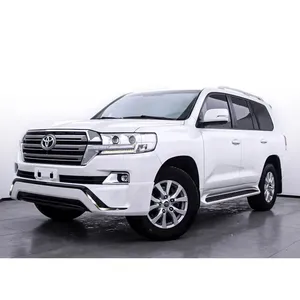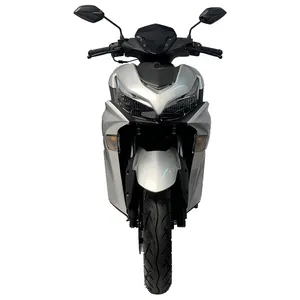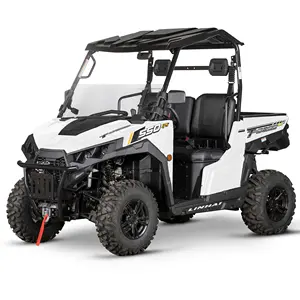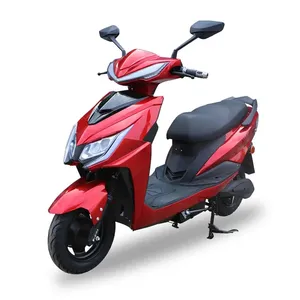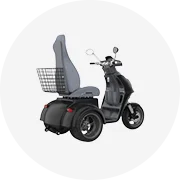Populair in uw branche


























































































































































































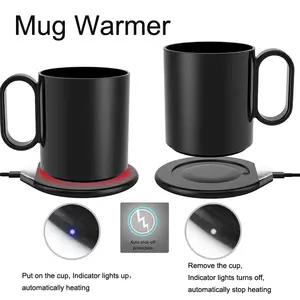
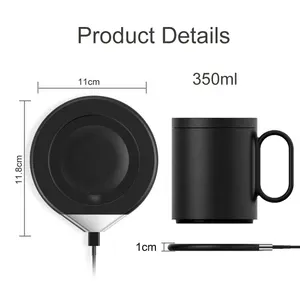
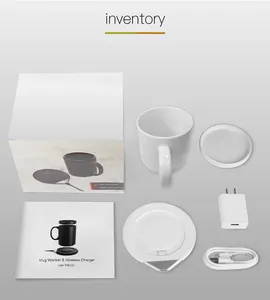



































Topcategorieën
Over soorten mokken
Ontdek Alibaba.com voor exclusief en betaalbaar soorten mokken. ontworpen om de meest uitdagende terreinen aan te pakken en mogelijk scherpe bochten te nemen bij hoge snelheden. Ze worden beschouwd als de beste beginner soorten mokken. omdat ze licht van gewicht zijn, lage prijzen hebben en comfortabeler zijn om de basisprincipes van schakelen, remmen en draaien te leren. Ze zijn voorzien van de beste banden en hebben grote benzinetanks voor langeafstandsraces.
Als je op zoek bent naar soorten mokken, kies dan afhankelijk van de rijstijlen en hoe lawaaierig hun werk is. De modellen worden aangedreven door een tweetaktmotor of een viertaktmotor. De tweetakt levert sneller koppel omdat de crank één keer moet ronddraaien. In tegenstelling tot de viertaktmotor is hij efficiënt omdat hij geen complexe bewegende onderdelen heeft en het smeersysteem gemakkelijk te bewerken en opnieuw opbouwen is. De viertaktmotor heeft een speciaal smeersysteem met minimale aanscherping van de emissienormen zonder uitlaatemissie en geur.
De soorten mokken. zijn er in verschillende maten voor volwassenen en kinderen. Ze zijn uitgerust met krachtige waterkoelers voor enorme motoren en het winkelend publiek kan zowel benzine- als benzinetanks krijgen. Sommigen gebruiken de tweewielaandrijvingstechnologie, waarbij het ontwerp telescopische aandrijfassen gebruikt om het vermogen naar het voorwiel te leiden. De nieuwe generatie wordt geleverd met grotere tanks van twee liter, zachtere veringen, een standaard en een 18-inch achterwiel.
Blader door Alibaba.com voor verbluffende soorten mokken. aanbiedingen en kortingen. Geniet van een comfortabele rit en een veilige reis naar de bestemming en rijd zonder risico op pech. Gerenommeerde fabrikanten op de site bieden betrouwbare garanties en aftersales-ondersteuningsdiensten.
